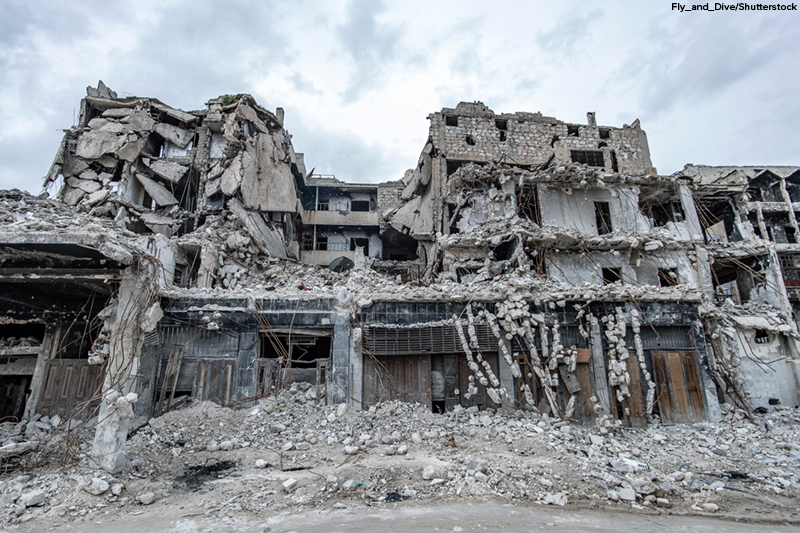
The Syrian civil war began in 2011. In the fourteen years of violence that followed, an estimated 600,000 people were killed, including at least 307,000 civilians. Fourteen million more lost their homes and were forced to flee to refugee camps in neighboring countries like Turkey. The country’s dictatorial leader, President Bashar al-Assad, was overthrown in December 2024. But Syria’s economy and infrastructure have been devastated, and people still lack access to basic services such as water and electricity. Recently, a group of tech experts, investors, and entrepreneurs held a conference to discuss ways that tech might be useful to help rebuild Syria.

Current Challenges
Many Syrians lack access to the basic resources of water, electricity, and internet access. But that’s not all. During Assad’s reign, many Western nations, including the United States, placed comprehensive sanctions on Syria. Those sanctions haven’t been lifted yet. These sanctions have, for example, isolated Syria’s banking system. As a result, other countries can’t invest in Syria–not even to build hospitals or homes.
It might be difficult to imagine how a country that doesn’t have reliable internet access could be helped by technology. But regardless of these challenges, an average of two new tech companies per year have been launched in Syria over the past decade.
“Sync ‘25”
In February 2025, Syria hosted its first international tech conference in fifty years, called “Sync ’25: Silicon Valley + Syria.” The two-day event was held in the country’s capital city, Damascus. It included workshops and discussions on topics such as data security and artificial intelligence (AI). Hundreds of Syrians and a few Syrian Americans attended. The conference was organized by technologists and entrepreneurs who want to use tech solutions to help rebuild the country.
Because of the war and the vast human displacement that it caused, Syrians are scattered all over the world. So, one main goal of the conference was to connect Syria’s tech community, and to link them with the industry leaders and entrepreneurs who can turn their ideas into reality. Ultimately, Syrian American investors and entrepreneurs hope to create 25,000 new tech jobs in Syria by 2030.
How Tech Can Help
But how can technology actually help a devastated nation rebuild? One example is Farmitix, a tech startup company created by Abdulwahab Omira. Omira’s family fled the civil war and spent several years in a refugee camp in Turkey before immigrating to the United States. Once in the U.S., Omira attended Stanford University and graduated with a degree in computer science. He is currently working toward a master’s degree at Stanford in artificial intelligence. He recently returned to Syria to jumpstart his new tech company, Farmitix.
The goal of Farmitix is to help farmers in Syria and other countries with the use of artificial intelligence (AI). Farmers can ask questions and receive answers backed by real agricultural data about pests, diseases, soil health, market prices, tariff impacts, and more. Other AI programs, such as ChatGPT, lack specific data about farming, and don’t know anything about a farm’s particular climate, goals, or production. But Farmitix provides expert answers tailored to each individual farm. Better information can result in higher crop production and producing more food for the country as a whole.
